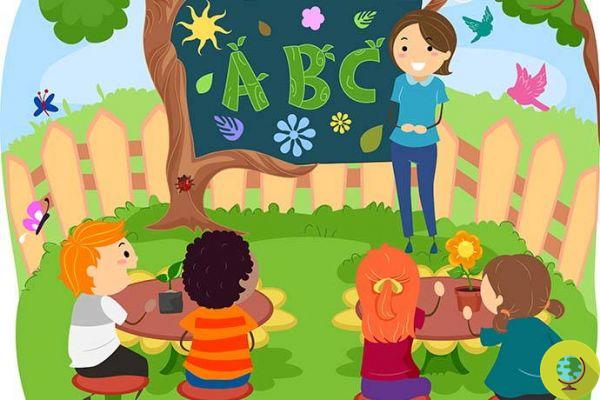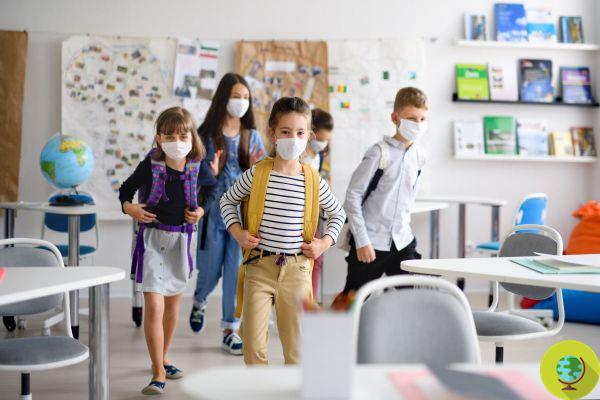
Children living near green spaces and in less polluted areas have a lower risk of developing attention deficit hyperactivity disorder, according to a new study.
Don't store avocado like this: it's dangerousChildren living in areas with increased air pollution, due to PM2,5 particles and very low levels of green spaces, may have a up to 62% increased risk of developing a attention deficit hyperactivity disorder. Conversely, children living in greener and less polluted areas have a 50% lower risk of developing this problem. These are the conclusions of a document who analyzed the data of 37.000 children in Vancouver (Canada). (Read also: We protect children from air pollution: pediatricians and neonatologists take the field with a consent document)
A systematic review
The purpose of this scientific work was to investigate the possible associations between exposure to greenery, atmospheric pollution and noise in the first years of life with subsequent incidence of attention deficit hyperactivity disorder, one of the most common neurodevelopmental disorders, affecting up to approximately 5-10% of children and adolescents.
The study used birth records from 2000 to 2001, and retrieved data on attention deficit disorder cases from medical records, doctor visits, and prescriptions. The percentage of green space in the participants' neighborhood was estimated with a new and precise satellite metric, while residential levels of two air pollutants, NO2 and PM2,5, as well as noise levels were estimated using exposure models. Finally, the possible associations between the three environmental exposures and attention deficit hyperactivity disorder were evaluated using a statistical model.
The researchers were able to iidentify 1.217 cases of attention deficit hyperactivity disorder, equivalent to 4,2% of the total study population.
Green space analysis revealed that participants who lived in areas with a higher percentage of vegetation had a lower risk; in particular, the results show that a 12% increase in the percentage of vegetation was associated with a 10% reduction in the risk of developing this condition. Regarding air pollution, i participants with higher exposure to fine particles had a higher risk.
Hence, children living in greener neighborhoods with low air pollution have a substantially reduced risk of developing this disorder. These associations are particularly relevant because exposures occur in the early years of life, a crucial period for brain development in which children are particularly vulnerable.
Follow us on Telegram | Instagram | Facebook | TikTok | Youtube
Photos: Science Direct
Could it be interesting for you:
- Autism and the gut: link found between autism spectrum disorders and gut microbiota
- Children, defenseless victims of consumerism: we learn to protect them from false needs and our materialism
- Antidepressants in pregnancy increase the risk of speech disorders in children
- Pablo, the first cartoon that explains autism spectrum disorders to children
- An initial correlation has been discovered between children's consumption of sugary drinks and their academic performance
- Mental disorders on the rise: the impact of the pandemic on young people is devastating and will last for a long time to come
- What happens to the brains of children with dyslexia when they read, I study


























